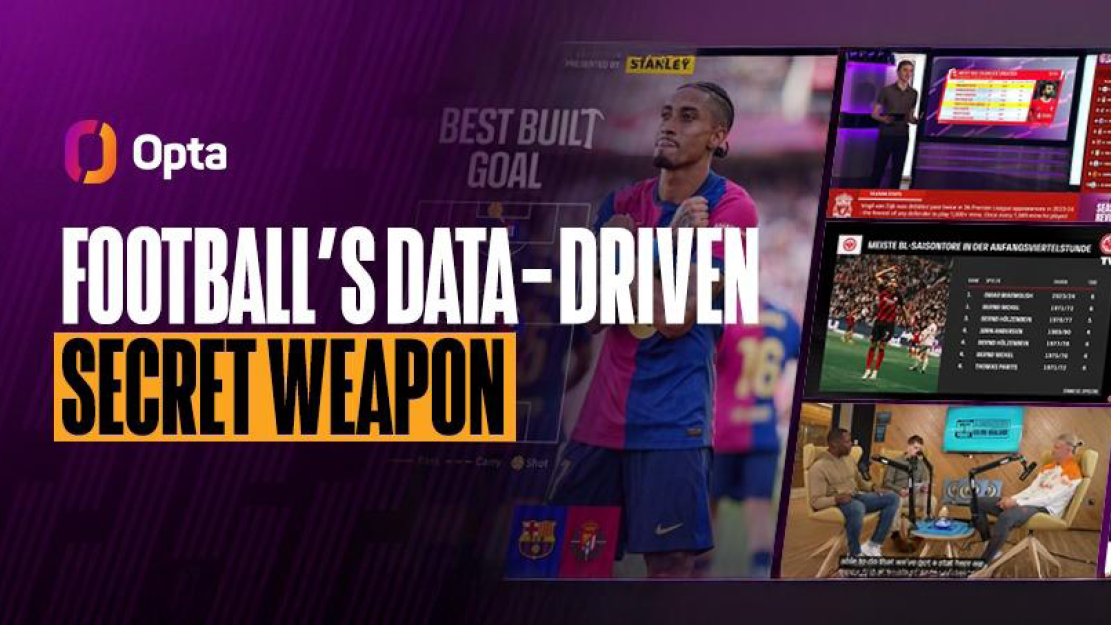LTT Sports recently published a report on 12 youth quality areas, a guide for developing youth academies. We talked to LTT’s Konstantin Kornakov who was responsible for the report.
With LTT Sports you did a survey about the development of youth academies. Can you give us a little background – when did you do it, how did you do it?
Practically the entire previous year we researched and analysed the functioning of youth academies in Europe. Our starting point was to follow-up the original ECA publication from 2017 where the 12 Quality Areas concept was first introduced, and it provided a detailed explanation of the different pillars and their impact on the youth development process. To this, we added a proprietary structure based on working processes within the talent development pathway, which enabled us to not only assess in what areas academies concentrate their efforts on, but actually zoom in on what they do and analyse this statistically.
Our study consisted of two stages, the first of which were semi-structured interviews with the directors of 18 purposefully selected youth academies. The second stage was the survey in which 65 youth academies from all over Europe took part. In the study, we used a specially created questionnaire, in which we tried to include many of the working processes that may take place in youth academies. This process list was developed through practical experience by a group of experts led by Dr Slaven Marasović, who was one of the members of our LTT Sports team for the project together with Dr Adam Metelski. Therefore, the survey questionnaire was very extensive and included references to several hundred processes, which made it possible to identify the most common and least used practices, as well as correlations between different processes.
What was the most surprising finding?
In the report, we managed to describe many interesting facts, some of which may be more or less surprising. Just to give a feel of some of our findings: for instance, 86% of clubs have a scouting department or scouting service dedicated to their youth academy; 80% of clubs the Academy Director decides the style of play; 71% of clubs have a technical committee or similar in place; 66% use bio-banding principles in age-group composition; 66% of clubs provide a hall of residence for young players; 45% of clubs estimate market value of academy players. In turn, it may be surprising that only 8% of academies measure IQ of players after signing. And yet, it is widely recognised that the mental skills of the players are very important, and the IQ tests can help to assess that.
Therefore, it can be assumed that in the future more youth academies should carry out these kinds of tests because it can help them develop more and better players.
What were the most important learnings from the survey?
One way to use the report is to look at 18 case studies – that is, the academies we conducted interviews with. Thanks to these case studies, we can see what particular academies pay special attention to, and for example in AFC Ajax Amsterdam all young players, but particularly the U17s and U18s, enjoy the same access to facilities as the first team. In RSC Anderlecht coaches use their players for scouting – after a match, they ask the team who was best player on the pitch and why. Malmö FF, on the other hand, partners with schools and they have 18 in total, which generally have better results than other schools in Sweden. I will just add that case studies are only a qualitative part of the study. A lot of useful information can also be obtained from our statistical data analysis.
When you would have to select five key topics to run a successful youth academy, what were they?
It is difficult to identify the 5 most important topics; in our study we focused on the 12 Quality Areas framework and working processes, but four of them stood out as having the highest number of working processes associated with them: Talent Identification, Human Capital, Cognitive Care and Productivity. Understanding what working processes are, what types of working processes an academy leader might encounter and how to optimize them can help academies become more efficient and productive. Asking academy experts what they do has helped us gain valuable insights across the full spectrum of activities.
One of the things that is definitely worth doing is to look at which working processes are most often and least used by youth academies. By comparing what we do in our academy with what others are doing can help us make the right decisions about further development. When it comes to what almost all academies do, the following should be mentioned: 100% bring children to the club for trial trainings; 100% make some kind of assessment of players; 100% have full-time employees at youth academy; 98% explain to academy players the rationale behind different stages of the transition process, such as when they move between age groups, go out on loan or to a partner club; 98% make an assessment of the physical capacity of players; 97% scout for talented players; 97% have a formalized football philosophy in place; 97% film youth matches for subsequent analysis; 94% enter into communication with parents of potential players; 94% have a formally defined coaching methodology. It is worth reviewing all the processes that occur in academies, so we encourage you to read the entire report. We believe that every youth academy representative can find something of value in our publication.
At what academies did you take a closer look?
We conducted interviews with 18 academy leaders from clubs all over Europe to create a series of case studies and best practices. The academies interviewed were chosen by their success in youth development, as well as to get a geographical representation of various regions around Europe, and also have a selection of different club sizes.
We interviewed the directors of the following academies: Inter Milan, Fenerbahçe SK, Rangers FC, Athletic Club, Zenit St. Petersburg, Legia Warsaw, FC Copenhagen, FC Inter Turku, FC Kairat, FC Shakhtar, Malmö FF, Olympique Lyonnais, Sporting CP, HNK Rijeka, Ajax Amsterdam, FC Red Bull Salzburg, RSC Anderlecht and FC Zimbru.
How can smaller clubs with little budget build a successful youth academies?
There are many examples of very successful youth academies in Europe in clubs that do not have the highest budgets at all. Anyway, while conducting our interviews, we also selected a few such academies, including Inter Turku from Finland or Zimbru from Moldova.
Size can be indicative of more resources, but being small can also lead to more creativity, for instance. In general, smaller clubs with fewer resources will probably need to concentrate on developing a particular strength, rather than trying to cover all areas. And some things can cost more than others: like, having the best infrastructure will certainly be more expensive than hiring a video analyst for the U12 team or a sports psychologist for the age groups in the transition phase, for instance.
In general, youth academies can strengthen each other and themselves through constant cooperation and the sharing of knowledge. This is where our research comes in – sharing knowledge, and enabling those in the game to have a better understanding of the overall academies ecosystem. We believe that the results of our research presented in the report and their appropriate interpretation, analysis and drawing conclusions may be useful for any youth academy that wants to develop and live up to the highest standards.


 Upgrade to Premium Now
Upgrade to Premium Now







